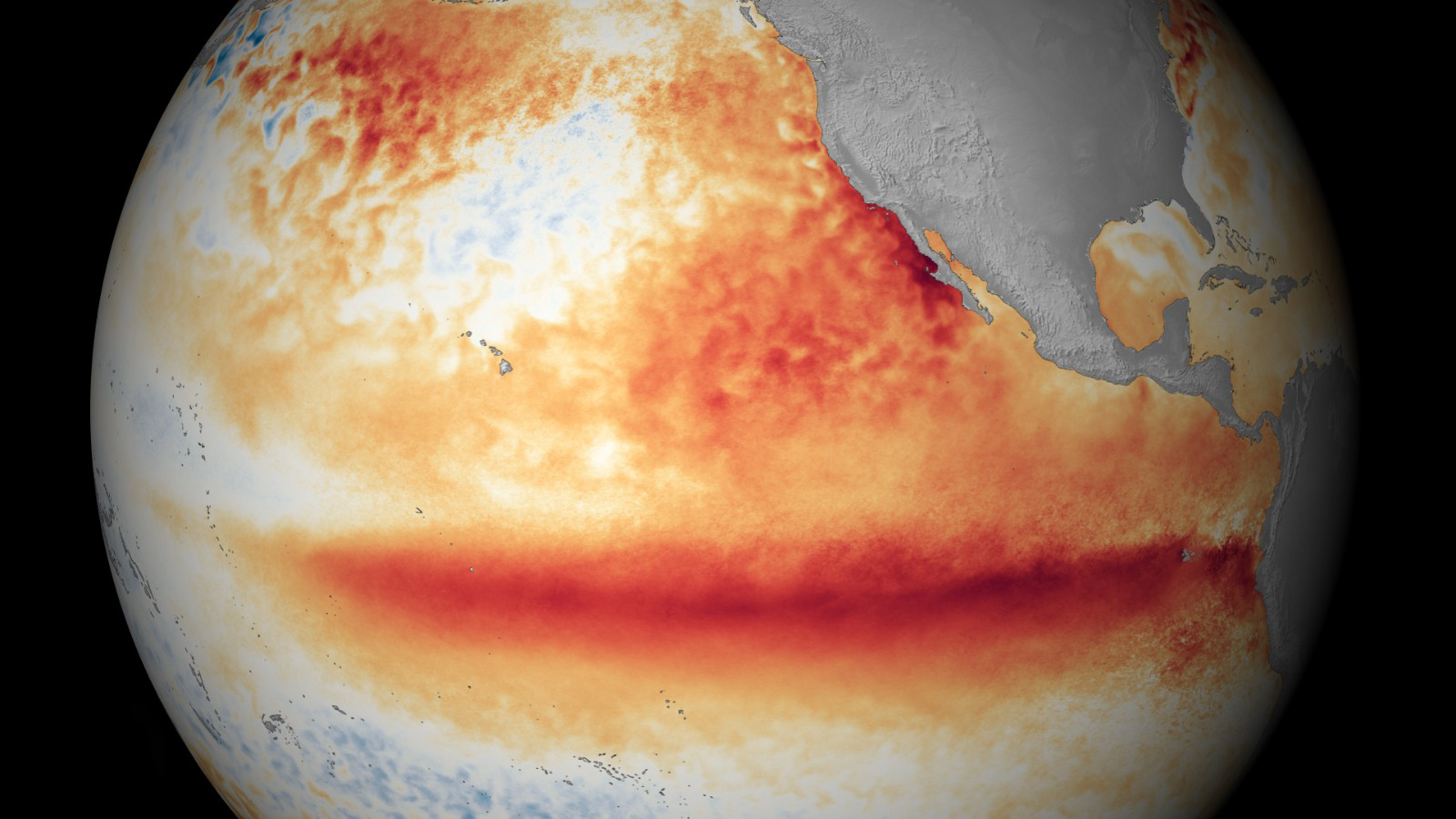The monster El Nino weather pattern of 2014–16 caused tropical forests to burp up 3 billion tons of carbon, according to a new analysis. That's equivalent to nearly 20% of the emissions produced during the same period by burning fossil fuels and making cement.
Measurements taken by NASA’s Orbiting Carbon Observatory-2 satellite, which measures the level of carbon dioxide in the atmosphere, suggest that El Nino boosted emissions in three ways, Nature reported.
A combination of high temperatures and drought increased the number and severity of wildfires in Southeast Asia, while drought stunted plant growth in the Amazon rainforest, reducing the amount of carbon it absorbed. And in Africa, a combination of warming temperatures and near-normal rainfall increased the rate at which forests exhaled carbon dioxide.
The overall jump in emissions from tropical forests was roughly three times the annual average carbon output from deforestation and land-use change globally between 2006 and 2015.
"All three of the emissions-increasing mechanisms had been previously identified as ways in which extreme weather events could affect plants," says Abigail Swann, an atmospheric scientist and biologist at the University of Washington in Seattle.
“What’s interesting is that they all happened,” she said. “It suggests that [El Nino response] is going to be a more complicated combination of factors in the future.”
The 2014–16 event is also the first large El Nino for which the effects are visible in annual maps of tree cover based on imagery from the US government’s Landsat probes and the European Space Agency’s Sentinel satellites.
Preliminary calculations by the maps' maker, geographer Matthew Hansen of the University of Maryland in College Park, show that the number of trees lost worldwide increased by about 50% from 2015 to 2016. Tropical forests in South America, Asia and Africa were the hardest hit.


